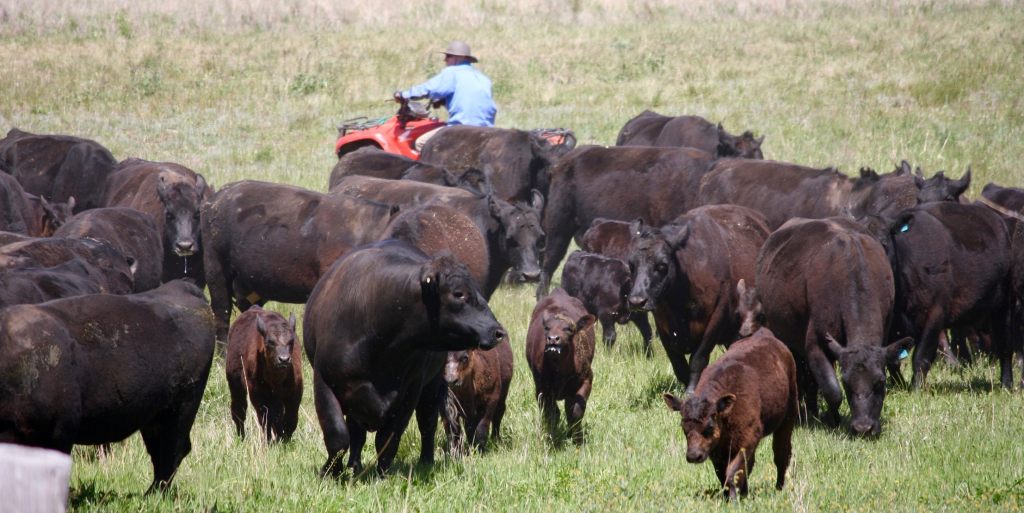What goes up must come down: Cattle Market Outlook

A dry winter for most parts of NSW as well as an average spring rainfall outlook has helped pull the exhilarating rise of the cattle market to a screaming halt. In MLA’s most recent projections the slowly building national cattle herd indicates that the peak of the price surge has more than likely passed and that the market has entered a natural downward phase of the price cycle. In June, for the first time in three years, cattle prices dropped below year-ago levels. An increase in grain prices is also thought to be compounding the downward price trend, with feedlots paying less for feeder cattle which are now in record numbers. Cattle prices are expected to weaken for the remainder of 2017.
Reassuringly, prices are unlikely to drop back to pre-2013 levels, buoyed by some lingering restocker activity which is expected to resurface more strongly after a significant wide spread rain event causes pasture conditions to improve. It should also be noted that, while the market has softened, prices are in comparison to record highs and are still significantly higher than the five-year average.
“Whilst the market has retracted significantly there is still confidence and producers are hoping for the price to level out close to the current numbers,” said Rural Property NSW Director Michael Guest.
“A strong bull sale season is another indicator of the resilience and confidence in the future; and restocker cattle, especially yearling steers, are still finding strong competition across all markets.”
Interestingly, MLA data also shows the Australian female cattle slaughter is now at a 20 year low, highlighting the fact that many producers are still trying to replenish depleted herds in the wake of several years of drought liquidation. Despite deteriorating conditions in some regions, and the poor rainfall outlook, producers are holding on tightly to females and the female cattle kill is expected to remain below the 10-year average.
Though global market activity is volatile at the moment, the value of exports is expected to remain strong with the Australian dollar unlikely to strengthen and continuing movement afoot to reduce tariff regimes into Japan, Korea and China. Australian beef exports are expected
in Latest News
Share this post
Posts this year
- October 2024 (1)
- September 2024 (1)
- August 2024 (1)
- November 2023 (1)
- June 2023 (1)
- February 2023 (2)
- November 2022 (1)
- October 2022 (1)
- July 2022 (2)
- June 2022 (1)
Archived Posts
- Posts in 2023
- Posts in 2022
- Posts in 2021
- Posts in 2020
- Posts in 2019
- Posts in 2018
- Posts in 2017
- Posts in 2016